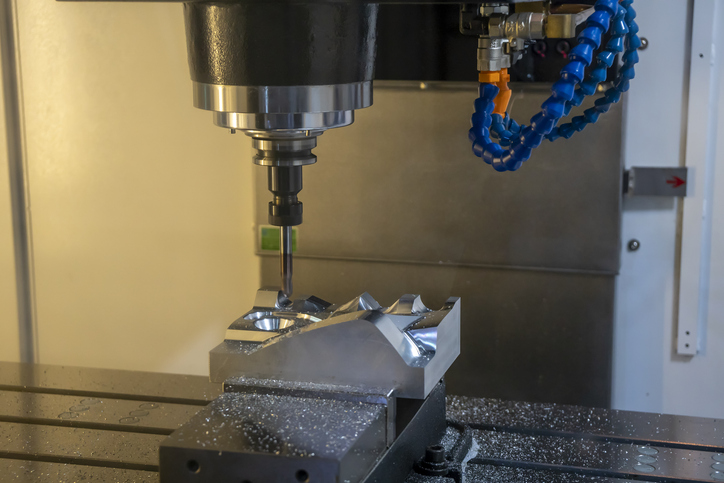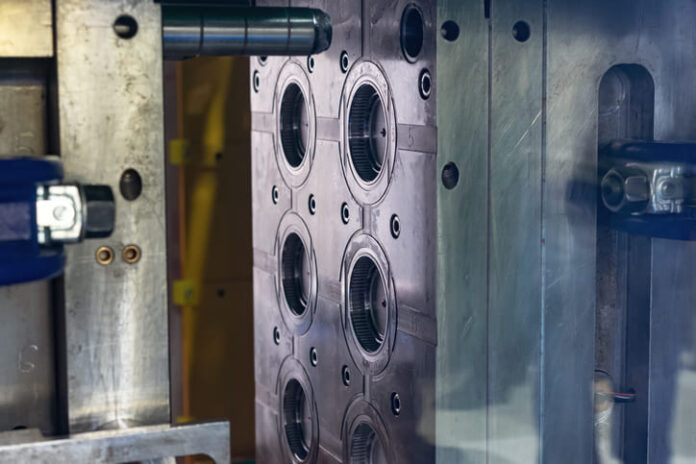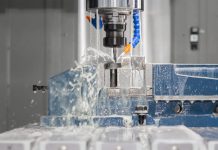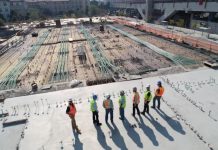Manufacturing depends on precision molding, which is critical in the creation of quality products across different sectors. Precision molds are a great solution for industries such as automotive and electronics or for hospitals; they ensure that parts are made according to very specific requirements, which guarantees reliable mass production. This blogpost will take an in-depth look into precision mold making by examining its importance, process, challenges and the technological advancements that have shaped it into the dynamic field it currently is.
The Importance of Precision Mold Making
Precision molds are the foundation of modern manufacturing allowing complex parts to be produced with detailed accuracy. These are used in injection molding where liquid material is injected into a mold cavity, solidifies and then ejected as a finalized part. Since there is a direct association between the final product and the accuracy or quality of molds, precision molding becomes important in guaranteeing product uniformity.
In automotive and aerospace industries where safety and performance come first, precision molds cannot be dismissed. To meet exacting specifications these engine components must for instance be aligned correctly or housed properly otherwise their failure could lead to accidents or inefficiency issues. The overall dependability of the end product lies in having such parts produced through precise molding processes.
Process of Precision Mold Making
To achieve this feat requires several stages within the process that necessitate attention to detail:
Design & Engineering
Designing and engineering is first stage of accurate mold manufacture. Here one has to make use of computer-aided design (CAD) software to come up with a comprehensive 3D model illustrating what they intend to produce. Among other things engineers consider matters like choice of materials; complexity involved when creating part designs; quantity of production too so as to come up with appropriate mold designs for any given project.
In most cases simulations are done during this phase just to predict how molten material would be flowing within the mold cavity after being subjected to heat treatment processes. It helps identify potential issues such as warping, sink marks or incomplete filling that can be rectified before the mold is made. Both design and production staff have to work together for they should come up with molds which are easier to make.
Tooling & Fabrication
Tooling and fabrication is next after finalizing a “plan” of what is going to be created in mold making. This involves transforming the designs into physical molds using high precision machine inputs. The desired level of accuracy is achieved through advanced CNC machines, EDM among other cutting edge technologies used in modern mold-making facilities.
Mold makers make every individual part of the mold with extreme care thus ensuring tight tolerances and smooth finishes on all surfaces. It should be able to withstand both high temperatures and pressures at which molding occurs without collapsing since the material of choice for this must certainly be quite strong. Materials like hardened steel, aluminum among others alloys are normally used depending on what kind of molding needs to take place here.

Testing & Validation
Before being put into full production, this requires numerous inspection and verification processes to ascertain its effectiveness. Therefore, it necessitates carrying out trial runs so as to find out if the mold produces parts meeting required specifications. This enables engineers check for any flaws or differences in trial parts hence they can modify molds accordingly.
This stage is important in revealing and resolving possible glitches that may occur before a full scale production starts. The final die should be capable of always generating quality components and minimize wastage, thus reducing the risks of costly mistakes that could happen during the large-scale manufacturing operation. Sometimes, repetitive tests and adjustments have to be made until the expected results are achieved.
Production and Maintenance
When the testing and validating phase is completed, mold is now ready for production. Injection moulding machines are utilising precision molds to produce massive quantities of parts in an efficient and consistent manner. Manufacturers have to keep the molds maintained and inspected on a regular basis so that they may remain in their best conditions as even slight wearing can influence the final products’ quality.
Cleaning on a regular basis, inspections for wear or damage, and making necessary repairs or adjustments are what maintenance entails. Molds can live longer through proactive maintenance strategies that ensure uninterrupted production.
Technological Advancements in Precision Mold Making
The field of precision molding has experienced significant developments due to technological innovations that enhance accuracy, efficiency, and sustainability. Some key technological advancements shaping this industry include:
Additive Manufacturing
It revolutionizes mold-making process with rapid prototyping and complex geometries more difficult or impossible to achieve using traditional machining methods. The use of additive manufacturing reduces lead time and costs enabling manufacturers bring new products faster into the market.
Advanced Materials
New materials with better properties are enabling precision mold makers to do new things. High-performance polymers, composites, and metal alloys offer improved durability, heat resistance, and strength allowing production of molds capable of withstanding more severe applications.
Automation and Industry 4.0
Automation along with Industry 4.0 technologies are changing how precision molding works by involving data-driven processes together with smart manufacturing systems. Automated machines together with robots enhance efficiency as well as consistency while real-time monitoring coupled with data analysis permits producers optimize production plus minimize downtime.
Simulation/Virtual Reality
Simulation software plus virtual reality (VR) tools enable engineers visualize as well as test molds designs in a virtual environment which reduces need for physical prototypes thereby speeding up the design process leading to more accurate final molds; VR technologies also encourage teamwork between different groups helping stakeholders to review layouts before final decisions are made.
Digital Twin Technology
Digital twin technology creates a virtual replica of the mold and its associated processes. This enables manufacturers to monitor performance in real time, predict maintenance needs, and optimize production parameters for enhanced efficiency and reduced waste.
Conclusion
Precision molding is an essential part of modern manufacturing that makes it possible to obtain high-quality consistent products across various industries. The process of designing, fabricating, testing, and maintaining precision molds is meticulous so that they are able to meet detailed specifications thereby contributing to the reliability plus performance of the final product.




































